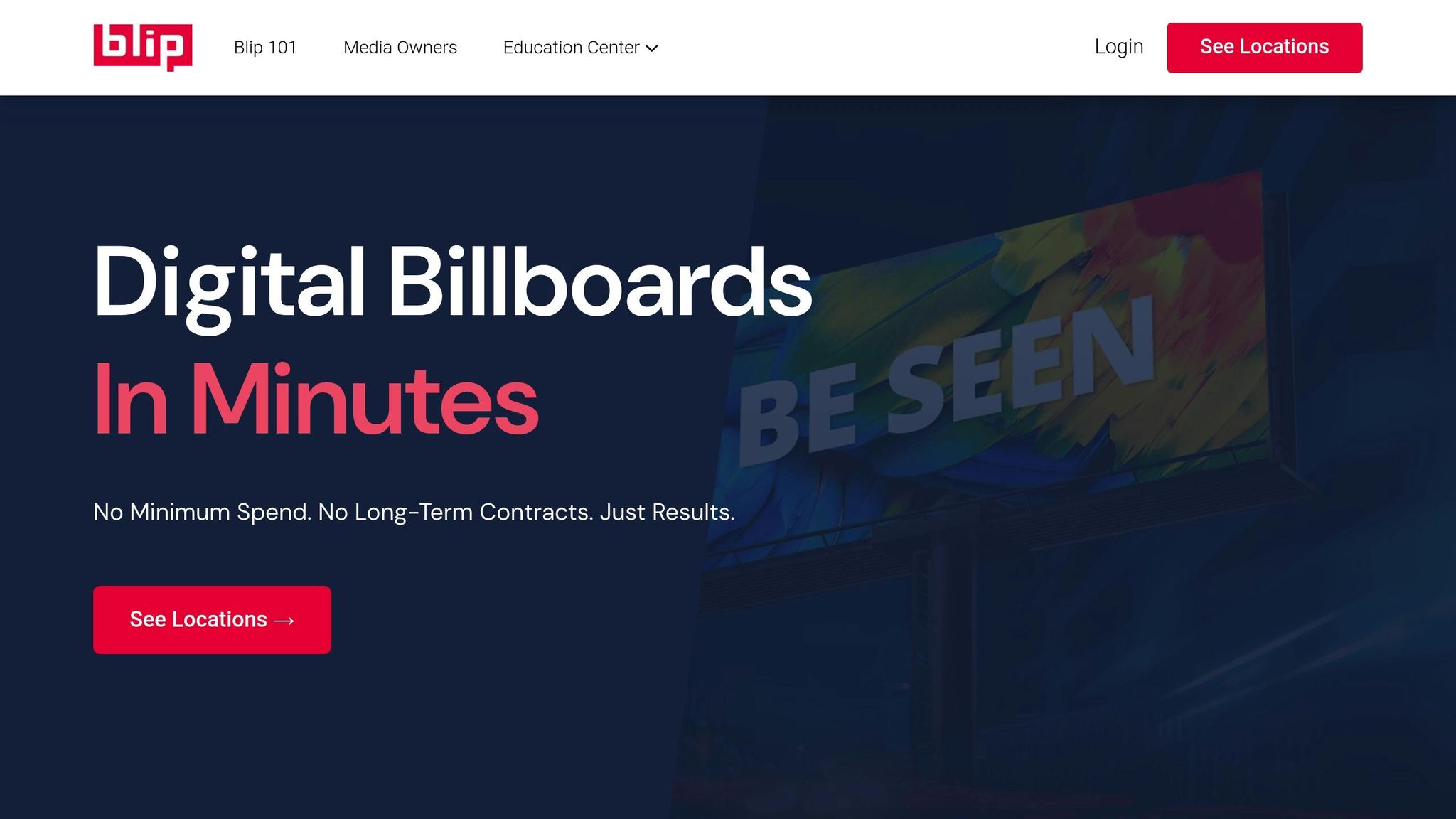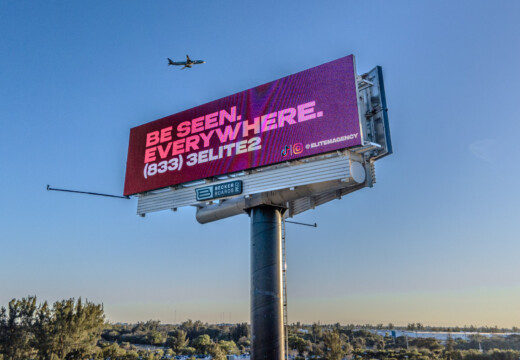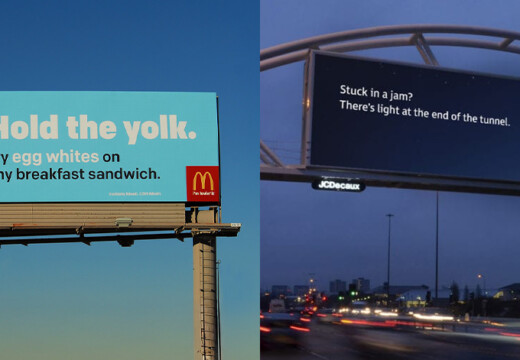Finding the Right Balance for Billboard Ad Frequency
Showing your billboard ad too much can annoy viewers, but showing it too little means people might not notice it. The key is finding the perfect balance. Here’s what you need to know:
- Too Many Ads: Overexposure leads to “ad fatigue”, where people ignore your message.
- Too Few Ads: Underexposure makes it hard for your brand to stick in people’s minds.
- What to Consider: Your campaign goals, traffic patterns, and ad design all impact how often your ad should appear.
For example, event promotions need frequent ads closer to the event date, while brand awareness campaigns benefit from steady exposure over time. Tools like Blip let you control frequency, schedule ads during peak hours, and adjust based on real-time data – all starting at $20/day.
The takeaway? Balance is everything. Aim for enough exposure to grab attention without overwhelming your audience.
What is Reach and Frequency? Marketing and Advertising …
How Message Frequency Affects Results
The number of times your message appears on billboards directly impacts how effective it is. Striking the right balance in frequency is essential for a successful campaign. Let’s dive into why overexposure and underexposure can hurt your results.
Problems with Too Many Ad Displays
Showing your ad too often can lead to viewer fatigue, where people start tuning out your message. This can reduce the overall impact of your campaign. Kimberly Pinkson, Owner of Pretty In Pinkston, explains:
“Blip works for us. It’s a different medium, and it brings a lot of exposure. It sets us apart from the rest of the [competition], and that’s what I like.”
The challenge is finding the sweet spot – enough exposure to make an impact without overwhelming your audience.
Issues with Too Few Ad Displays
On the other hand, not showing your ad enough can weaken your campaign. Without frequent exposure, it’s harder for your brand to stick in people’s minds. Ads that don’t appear often enough fail to build recognition or achieve the desired results. Consistent visibility is key to ensuring your message resonates.
Key Elements That Shape Frequency Needs
How often your billboard ads appear plays a big role in their success. Several factors influence this, and understanding them can help you create campaigns that connect with your audience without overwhelming them.
Campaign Purpose and Goals
Your campaign’s goals determine the ideal frequency for your ads. For example, brand awareness campaigns benefit from steady exposure over time. In contrast, event promotions often require more frequent ads as the event date approaches.
Take Mr. Charlie’s Chicken Fingers as an example. Owner Paul Willey shared:
“Blip’s strategic frequency planning put our new location on the map while sustaining growth at our original store”
This highlights how different goals call for different strategies – new locations may need higher ad frequency, while established ones thrive on consistent visibility. Next, it’s important to think about your audience’s habits and how they interact with your billboard.
Viewer Traffic and Habits
Traffic flow and audience behavior are key to determining the right frequency. Here are three factors to consider:
- Peak Traffic Hours: Schedule ads when your audience is most likely on the road.
- Travel Speed: Slow city traffic gives viewers more time to absorb your message, while highway speeds require concise, impactful designs.
- Viewing Distance: Ensure your ad is visible and readable based on how far away drivers are on typical routes.
Ad Design and Message Changes
The design and content of your ad also influence frequency. Engaging visuals and fresh content can keep your audience interested, even with frequent appearances. Rotating multiple versions of your ad is a smart way to avoid repetition while staying on-brand. This approach helps maintain attention and boosts the overall effectiveness of your campaign.
sbb-itb-2e2e93f
Using Data to Set Display Frequency
Real-time analytics can help you adjust how often your billboard ads are shown, ensuring they grab attention without overwhelming viewers. Here’s how to use your data effectively.
Adjusting Frequency Based on Performance
Monitor live analytics to identify when additional displays stop improving engagement. Use this information to fine-tune how often your ads appear.
General Frequency Recommendations
Leverage real-time data to find the right balance for your audience. This ensures your ads are seen enough to make an impact without becoming repetitive.
Timing Between Ad Displays
Align your ad schedule with peak traffic times. Show ads more frequently during busy periods and reduce frequency during slower times to keep your audience engaged.
Managing Frequency with Blip

Schedule and Budget Tools
Blip makes it easy to control how often your ads are displayed. Starting at just $20/day, you can schedule ads to show during peak traffic times while keeping costs in check. With a pay-per-play setup, you’re only charged for actual displays, ensuring your budget isn’t wasted during slower periods.
The platform’s interactive marketplace helps you pick locations based on daily impressions and CPM data. This allows you to strategically spread your ads across different times and places. Plus, you can adjust bids as often as every 10 minutes, giving you precise control over when and where your ads appear. Real-time analytics let you tweak these settings on the fly.
Live Results Tracking
Blip’s real-time analytics offer instant feedback on how your frequency settings are performing. These metrics can reveal patterns, like whether morning rush hour generates better results than evening slots. With this information, you can shift your budget to focus on the most effective times.
These insights go beyond budgeting – they also guide decisions about which ad versions to use, helping you create a well-rounded campaign strategy.
Multiple Ad Version Support
To keep your audience engaged, Blip allows you to rotate between different ad versions. This feature helps prevent viewer fatigue while maintaining the right display frequency.
Blip’s moderation process is quick and efficient. Reviews are typically completed within 90 minutes, and owner approval takes just 1–3 days. This fast turnaround means you can update your ads frequently, using creative rotation as another tool to manage frequency effectively.
| Frequency Management Feature | Benefit |
|---|---|
| Real-time bidding | Adjust ad displays every 10 minutes |
| Performance tracking | Get instant insights on ad impact |
| Multiple creative support | Keep content engaging with rotation |
| Flexible scheduling | Focus on high-traffic times |
Conclusion: Finding the Right Display Balance
Billboard advertising makes a big impression, but getting the frequency just right is crucial for success. The goal is to find that perfect balance – enough visibility to grab attention without overwhelming your audience.
When done well, this approach can deliver great results, helping businesses grow locally. It’s all about hitting the right level of exposure to make your ads memorable without overdoing it.
Blip offers a simple way to manage ad frequency while staying budget-friendly. With campaigns starting at just $20 a day and a pay-per-play pricing model, businesses can adjust their ad displays easily – no long-term contracts required.


